We understand that during a recent radio appearance you suggested that "there should at least be a discussion" of the idea that some school officials might carry guns so that they would be able to respond in the event of a school shooting.
We thank you for the invitation to discuss the matter. We think it's a terrible idea.
The likely outcomes, were this idea implemented, are predictable. We'll start to read news stories about a school official who mistakenly shoots a student he thought was threatening. About a school official who blows her top and shoots a teacher or student. About a student who blows his top, wrests the gun from the school official and shoots him. About a depressed school official who commits suicide on school grounds.
Such events are predictable because we know that the availability of a gun in a home (put there for self-defense) is more likely to be used for other violent purposes. But I'm sure you have good scientific advisers who have told you all this. (If you don't, let Dan know. He can put you in touch with a few.)
There's another aspect of this proposal that perhaps you didn't consider.
We can't speak for all teachers, but do speak for ourselves: one of us an instructor at a public university, the other, an elementary school teacher.
Carrying a weapon, even for the purpose of self-defense, conflicts with the very essence of why we teach.
We love to teach because we love to communicate to students the beauty of the world, and to help them see beauty they did not know was there.
We love to teach because teaching is about creation: the creation of new knowledge, the creation of better minds, and yes, the creation of a better commonwealth, nation, and world.
We love to teach because we want to build--to build competence, self-confidence, and character in our students.
Can you see why carrying firearms, even for the purpose of self-defense, is not our first choice for a solution? It conflicts with beauty, with creation, with building. It is a "solution" by destruction, even if it is the destruction of a wretched, desperate soul. To us, it is an admission of failure. It is a "solution" born of desperation. We will be saying to students "We do not know how to prevent these events, so we plan a response."
We are not ready to admit defeat. There are positive measures that have yet to be tried. Better mental health screening, better education of gun owners on firearms security, tighter laws regulating their sale.
Let's not throw in the towel. Let's try some positive steps and see if we can improve things. Let's do everything we can to make schools a place of serenity, joy, and contemplation, not a place of "security" paid for with the grim, anxious vigilance of teachers and students.
Respectfully,
Dan & Trisha Willingham
Keswick, Virginia





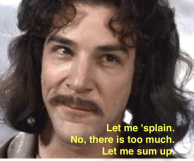


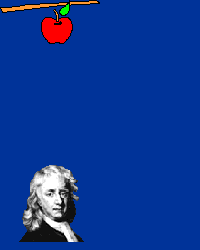

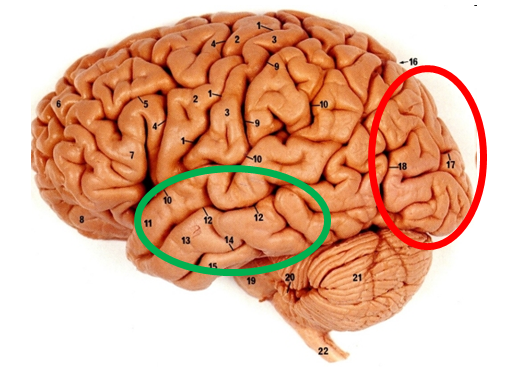
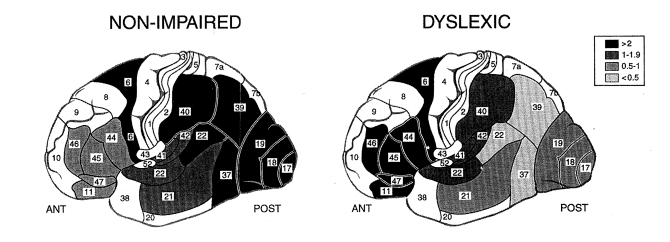
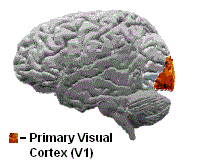
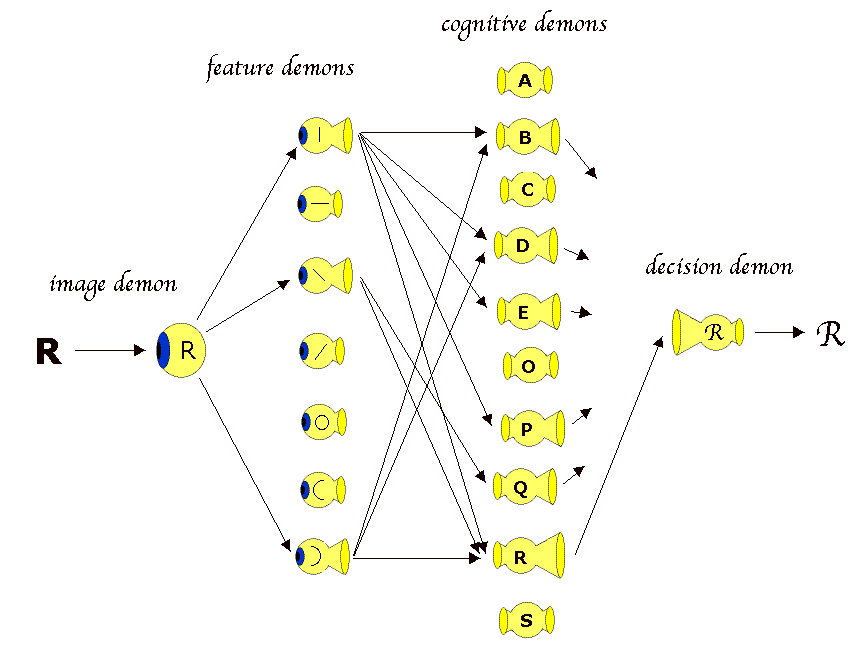

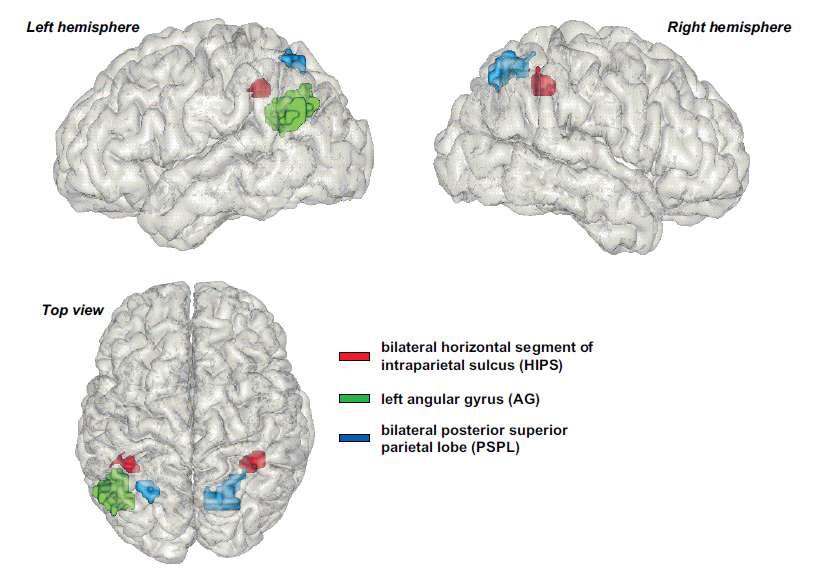

 RSS Feed
RSS Feed